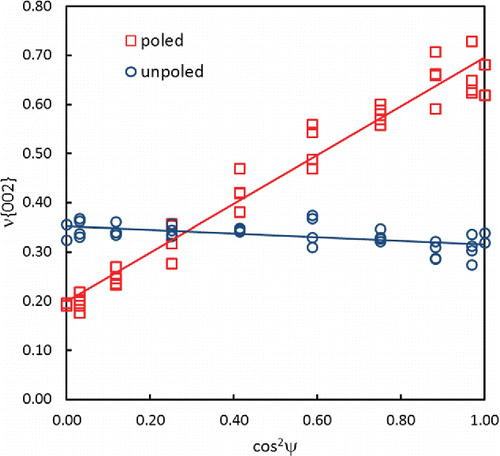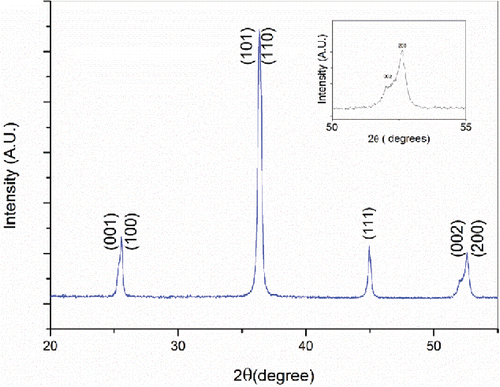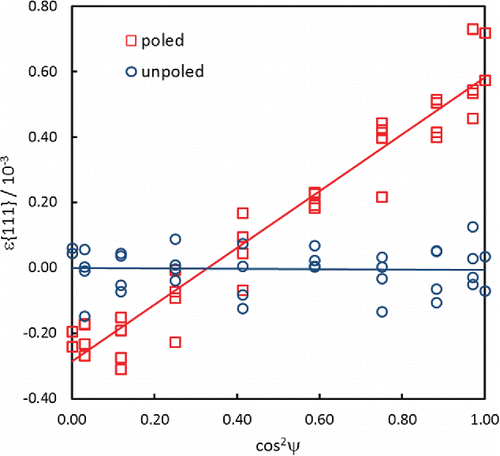Figures & data
Figure 1. Experimental set up for time resolved high energy X-ray diffraction and the 2 D diffraction image shows the Debye-Scherrer rings.

Figure 3. SEM micrographs PZT-ionomer composites (a) overview of the cross section and (b) the primary particles.
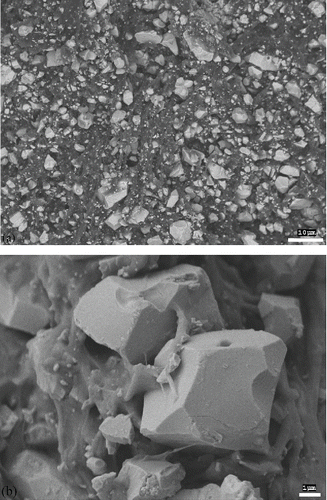
Figure 4. P-E hysteresis loops of (a) PZT-ionomer composites and (b) PZT ceramics at room temperature.
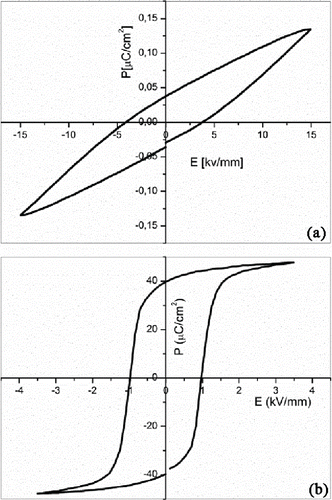
Table 1. Piezoelectric charge coefficients of the PZT-ionomer composites, obtained after poling under an electric field of 15 kV mm-1 with various temperatures and time [Citation6].
Figure 6. Schematic representation of strain development due to ferroelectric domain reorientation during the poling process [Citation16].
![Figure 6. Schematic representation of strain development due to ferroelectric domain reorientation during the poling process [Citation16].](/cms/asset/42e48afc-a9c2-4951-95ea-4fc7406f73c0/gfer_a_1134033_f0006_oc.gif)
Figure 9. Changes in {200} peak profiles as a function of azimuthal angle, Ψ, for the poled composite.
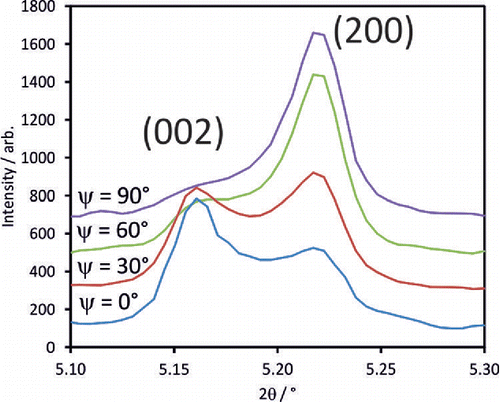
Figure 10. Variation in fraction of c-axis oriented domains, ν(002), as a function of cos2 Ψ for unpoled and poled composites.
